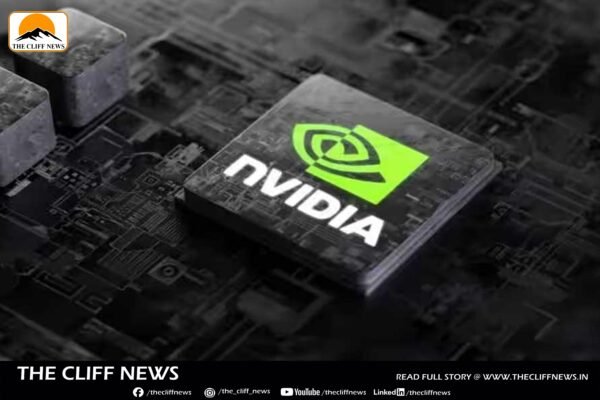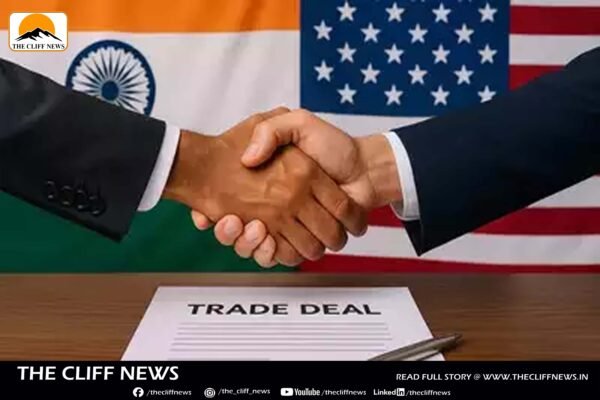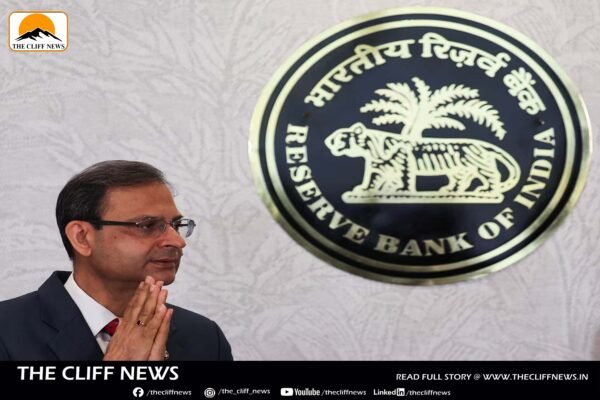Indian benchmark indices witnessed a sharp rebound on Tuesday, recovering from their steepest single-day fall in 10 months. The rally was driven by broad-based buying across sectors, following a U.S. tariff-induced selloff that had rattled investors in the previous session. In early trade, the BSE Sensex surged by 1,200 points and was trading 714 points higher or 0.96% at 73,852 around 10:25 am. Meanwhile, the Nifty 50 advanced 240 points or 1.10% to 22,398. This recovery comes after Monday’s slump, where the Nifty fell by 3.2% and the Sensex dropped by 3%, compared to an 8.4% decline in the MSCI Asia ex-Japan index. Investors are now closely watching the Reserve Bank of India’s (RBI) upcoming policy announcement scheduled for April 9, with expectations of a 25 basis points cut in the repo rate to support growth amid escalating global trade tensions. From the Sensex pack, Titan, Adani Ports, Bajaj Finserv, Tata Steel, Axis Bank, and Tata Motors were among the top gainers, rising between 3–5%. Titan jumped 5% after reporting a strong 25% year-on-year growth in Q4 FY25, reflecting robust performance across key segments. On the sectoral front, the Nifty Consumer Durables index surged 3%, while Metal, Realty, and Financial Services indices gained over 2%. The broader markets also participated in the rally, with Nifty Midcap 100 and Smallcap 100 opening 2% higher. Expert Take on Market Sentiment and Trade War Impact Dr. V K Vijayakumar, Chief Investment Strategist at Geojit Financial Services, highlighted that global market volatility is likely to persist due to ongoing trade tensions. He noted that while the trade war seems limited to the US and China for now, India is proactively engaging in talks for a Bilateral Trade Agreement (BTA) with the US. He warned that the US recession risk has increased and China could be the worst affected if Trump’s proposed 50% additional tariffs are implemented, potentially stalling Chinese exports and depressing global metal prices due to product dumping. Despite this uncertainty, Vijayakumar believes India’s macroeconomic fundamentals remain stable. With an expected GDP growth of around 6% in FY26 and attractive largecap valuations, long-term investors can consider gradually accumulating quality largecap stocks, particularly in financials. Global Markets Recover as Negotiation Hopes Rise Global equities saw a modest recovery as well. Asian stocks bounced from 1.5-year lows, buoyed by hopes of potential trade negotiations. Japan’s Nikkei led the recovery with a 5.6% surge, while Hong Kong’s Hang Seng Index rose 1.7% and Chinese blue-chip stocks edged up 0.6%. U.S. stock futures also pointed higher. However, U.S. President Donald Trump maintained a hard stance on China, threatening further tariffs unless Beijing withdrew its retaliatory measures. In response, China rejected the “blackmail” nature of U.S. threats. FII/DII Activity and Commodity Updates On April 8, Foreign Institutional Investors (FIIs) offloaded equities worth ₹9,040 crore, while Domestic Institutional Investors (DIIs) countered the selling by purchasing ₹12,122 crore worth of stocks. Oil prices also rebounded, with Brent crude rising 1.26% to $65.02 per barrel and WTI crude climbing 1.52% to $61.61, after a steep decline in prior sessions triggered by fears of weaker demand due to tariffs. In currency markets, the Indian rupee slipped 0.06% to 85.88 against the U.S. dollar in early trade. The U.S. Dollar Index, which tracks the greenback against six major currencies, declined 0.25% to 103.








